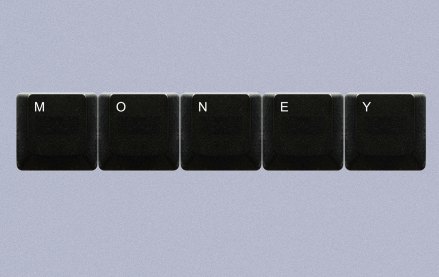It can sometimes seem that the Web is only DSPs, SSPs and DMPs. The truth of the matter is much of the machinery of the programmatic buying landscape, captured in the Luma Partners slide, is dedicated to non-guaranteed inventory used for direct response advertising. Where’s the Luma slide for guaranteed ad space for brands?
He spoke about the effort from Cannes, where he’s meeting with advertisers and media companies and insists he’s “working really, really hard.”
Is the Web nearly there as a medium for brands?
It’s nowhere near close. This is hopefully the spark that will fall into the pool of gas. This is one company and a few forward-thinking publishers and a handful of brand advertisers. That’s the beginning. But with any great effort it starts with a few people and companies that want to make big bold change. We’ve moved past the idea to the spark. Our goal is to turn this into a flame. The other side, which we see here in Cannes, is we need to make the Web a more human-oriented place. The dialog with a lot of advertisers is that’s a message that they haven’t heard. The conversation this year is all around content and brands as publishers. It’s a matter of saying, “What are we going to do next?” There is a better way and it works for advertisers and consumers.
Recent research has shown marketers aren’t happy with the Web’s metrics. Is that a problem?
The next level is how to gauge offline actions. It’s connecting those two together, online and offline. What does high engagement for a brand mean? There’s been an entire lack of innovation on that in the industry. The famous Luma slide is for non-reserve inventory. There are hundreds of companies vying for pieces of that chain of non-reserve space. There’s no corollary map for the reserve space and for brand advertising. It’s not where innovation is happening. The ecosystem around that entire landscape has yet to form. It’s going to start around measurement.
How big of a problem is attribution? The last-ad-seen, last-click standards seems off.
It’s all connected. It’s understanding what the impact is. What does it mean to have 10 times more engagement or a 40 percent higher happiness quotient? What does it mean having positive interaction? How does it correlate to the ultimate goal? It’s about connecting to offline. It’s less about first or last ad seen.
More in Media

From sidelines to spotlight: Esports events are putting creators center stage
Esports events’ embrace of content creators reflects advertisers’ changing priorities across both gaming and the wider culture. In the past, marketers viewed esports as one of the best ways to reach gamers. In 2025, brands are instead prioritizing creators in their outreach to audiences across demographics and interest areas, including gaming.

Condé Nast and Hearst strike Amazon AI licensing deals for Rufus
Condé Nast and Hearst have joined the New York Times in signing a licensing deal with Amazon for its AI-powered shopping assistant Rufus.

Media Briefing: AI payouts may be entering a new era
AI compensation is evolving — and new models, not just publisher demands, are driving the shift beyond flat-fee licensing.





